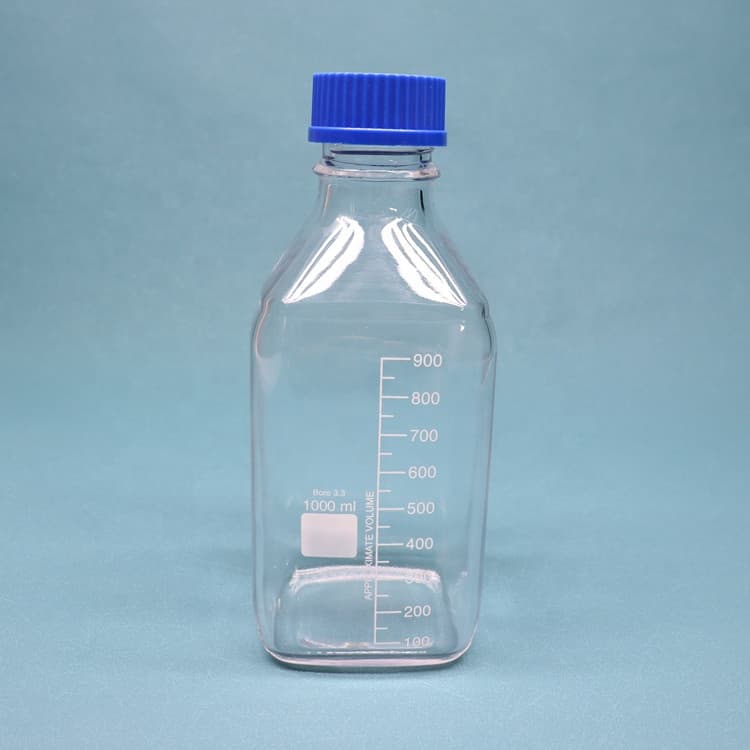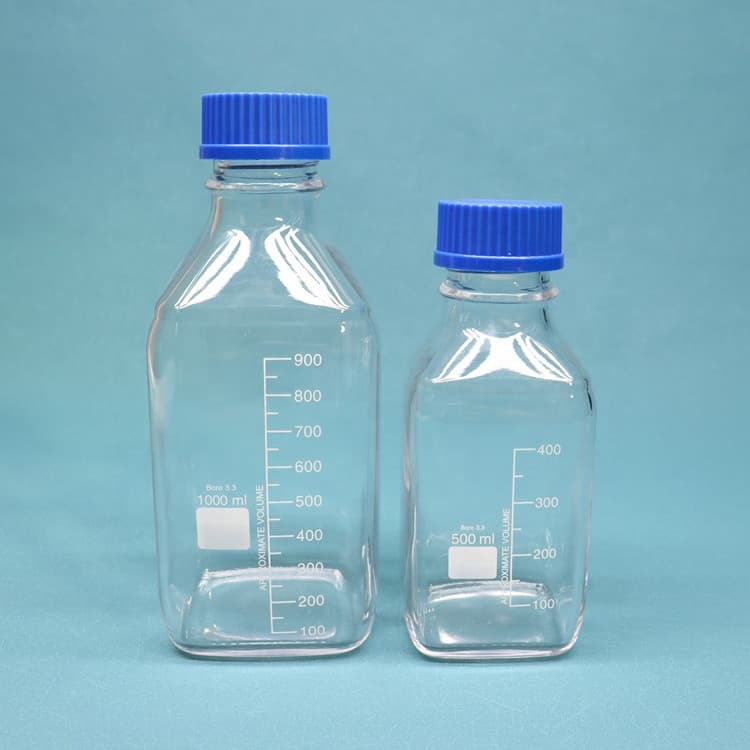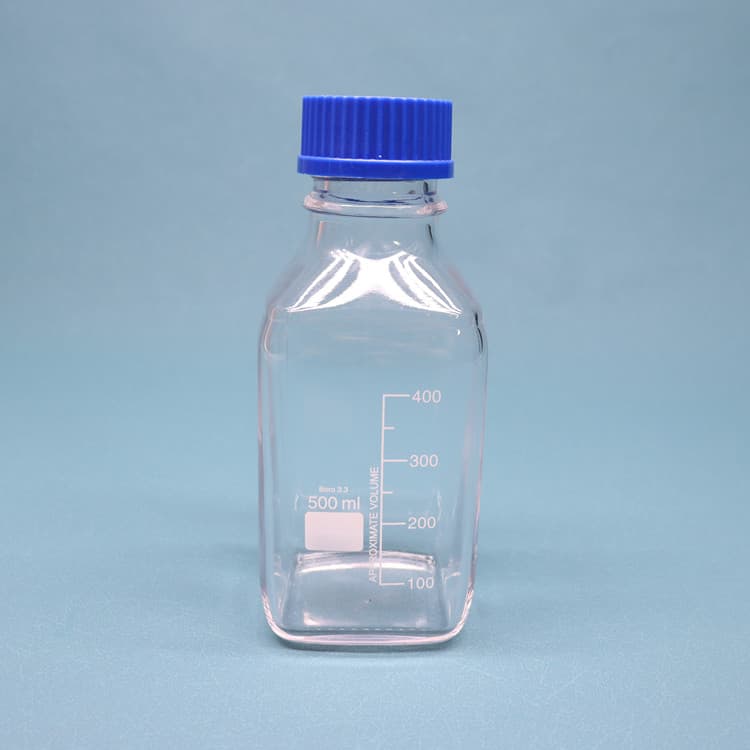



Sep 20, 2017 · Clearly not. Apart from the ingress of CO 2 to the eluent reservoir which causes a gradual (but small) lowering of pH on standing, the only place within the HPLC system where pH may change dramatically (and hence require a buffer) is at the head of the HPLC column where the sample diluent and eluent mix. In this microcosmic situation, the
Biological buffers differ from classic mineral ones to several points: they have pKa values closer to physiological pH [between 6 and 8]. These buffers are not toxic to cells, and are not absorbed through cell membranes. The concentration, temperature, and ionic composition of the medium has minimal effect on the buffering capacity.
The chemical compatibility of LDPE and HDPE on this chart is tested at 20°C: and 50°C: for 7 days and 30 days (if applicable) with constant exposure. LDPE & HDPE resistance listed by chemical 1.4-dioxane
For acidic eluents and buffers. Approx. +0.22 pH units per 10% acetonitrile; Approx. +0.15% pH units per 10% methanol; For basic eluents and buffers. Approx. -0.05 pH units per 10% acetonitrile; Approx. -0.10 pH units per 10% methanol
Vial caps and septa help prevent leakage and sample loss due to evaporation. Factors that affect the choice of closure include: Septa compatibility with sample ‒ chemical compatibility varies based on the solvent concentration, molecular weight, and temperature; Septa and cap compatibility ‒ septa that are too thick may prevent proper cap
In order to deal with these large numbers more easily, scientists use a logarithmic scale, the pH scale. Each one-unit change in the pH scale corresponds to a ten-fold change in hydrogen ion concentration. The pH scale is theoretically open-ended but most pH values are in the range from 0 to 14.
LC-MS use. Ammonium formate (2.7 Ideal for use with reactive and corrosive chemicals. The melting point of PTFE 1 is 600°K (327°C / 620°F) Low temperature: maintains high strength, toughness and self-lubrication as low as 5°K (-268°C /-450°F) and good flexibility at 194°K (-79°C / -110°F) NOT compatible with certain alkali metals and fluorinating agents such as xenon The choice of the appropriate buffer for an application is governed by the buffer characteristics such as pK a, pH range, and UV cut-off. As a rule, buffers should be used for a pH within +/- 1 unit of their pK a value. Within this range, buffers resist any deliberate attempts of change in pH. The buffer’s capacity is at its maximum when its The buffer must have a pKa close to the desired pH, since buffers control pH best at their pKa. As a rule of thumb, it is ideal to choose a buffer with a pKa value <2 units of the desired mobile phase pH. We offer HPLC grade buffers for a wide pH range for all your lab chromatographic requirements. Factors to be considered while choosing a HPLC compatible additives. Caution: Solvents with a pH greater than 10 dissolve silica. If your system contains fused silica and glass components (for example, if you have a nanoACQUITY or M‐Class UPLC system), avoid using solvents with a pH greater than 10. Avoid storing the system in high pH. Purge pump at high flow rate (e.g., 5-10 mL/min.), prime system if necessary. (Prime each pump head separately.) If system has check valve, loosen valve to allow air to escape. If problem persists, flush system with 100% methanol or isopropanol. If problem still persists, contact system manufacturer. The pH scale is often said to range from 0 to 14, and most solutions do fall within this range, although it’s possible to get a pH below 0 or above 14. Anything below 7.0 is acidic, and anything above 7.0 is alkaline, or basic. Image modified from " Water: Figure 7 ," by OpenStax College, Biology, CC BY 4.0. All kits contain high-quality reagents and optimized protocols. Product name Description Content Product code Application area His Capture Kit Reagents for capture of his-tagged molecules in biomolecular interaction studies. Anti-histidine antibody, immobilization buffer, regeneration solution sufficient for 10 immobilizations and 1000 Septa Compatibility Chart Reference the following septa compatibility chart as a guide and starting reference point. Chemical compatibility can vary depending on the concentration of the solvent, temperature, molecular weight of the solvent, and other factors. Teflon PTFE Chemical Compatibility Reference Chart
HPLC Tips & Tricks: Mobile Phase Preparation Part 2 - Buffers
HPLC Buffers - MilliporeSigma
Controlling Contamination in LC/MS - Aijiren Technology Corporation
HPLC Troubleshooting Guide - MilliporeSigma
pH Scale: Acids, bases, pH and buffers (article) | Khan Academy
Selection guide Biacore™ consumables - Cytiva
Septa Compatibility Chart - scientificfilters.com